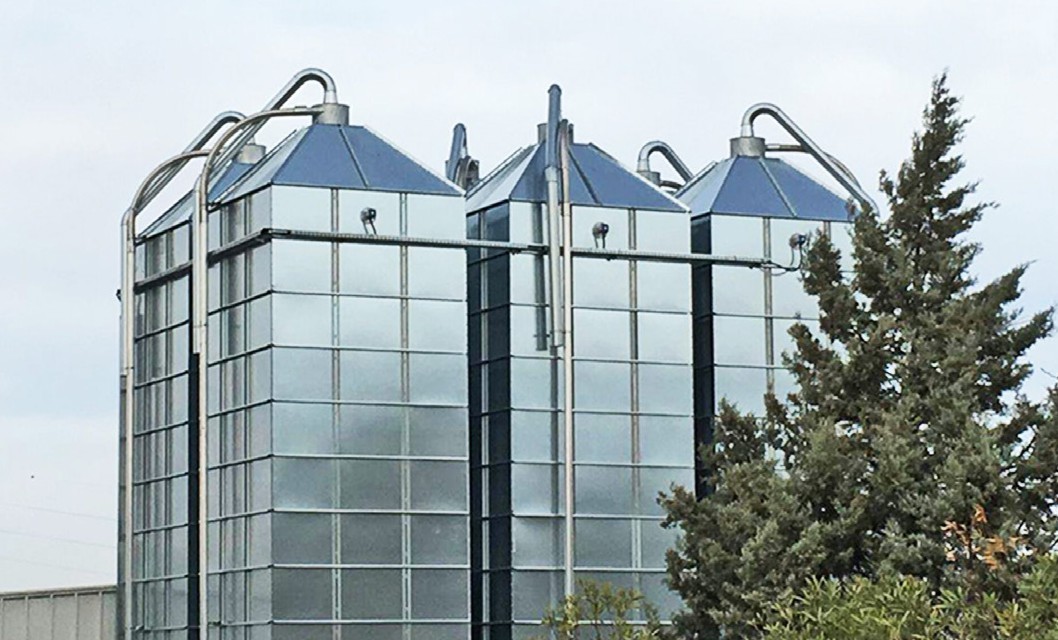
Articles & Insights
The square or rectangular silo: Option or not?

While the world is not getting any bigger, the same cannot be said for the number of people inhabiting it. As a result many countries are facing the challenge of producing enough food, and finding enough space to store it. The question of storing grain effectively is more pertinent than ever and many operators are focussed on improving ways of achieving this.
In European countries such as the Netherlands, France, Germany, Denmark, the United Kingdom and in Scandinavia, producers and storage operators have increasingly been adopting square or rectangular silos. According to those who have adopted this format, a square or rectangular silo has over 25% more storage capacity and saves on space, simply because the surface area is fully used. They also argue that square is the correct shape for storing bulk goods at maximum capacity.
The square shape
Square silos are storage structures with a rectangular or square bottom, usually made of concrete, steel, or even wood. They are generally used for storing agricultural products such as grain, hay, and feed – just like traditional round silos. Square silos are used on farms, agricultural businesses, and at industrial facilities.
The most popular square silos in Europe are modular systems made of steel. It is easy to transport the silo parts, and to assemble and erect it. Modular systems also make it possible to customise the silo according to the user’s needs with regard to length, width, height, and cell layout. It also offers benefits in term of adapting to the particular production process. The capacity of square silos generally ranges from 3 to 20 tonnes. Available in both indoor and outdoor models, square silos, like other types, are designed to prevent condensation and moisture ingress, and maintain the stored commodity’s quality over the life of its use. Some companies offer tailormade silages, designed to meet clients’ specific needs.
Advantages in a nutshell
- • Flexibility and traceability: Because of the modular structure and variable cell dimensions, the system makes it possible to store different products and grades, in different amounts and from several origins, at the same time in the same place. It therefore allows maximum flexibility over a minimum surface area.
- • Seamless processes: Square silos can seamlessly integrate the process in a plant and building, for example drying, grinding, pelletising, mixing, dosing, bulk loading, refining, coating, cleaning, and bagging.
- • Structural parts of the building: Because of its shape, square silos can become a structural part of a building. Machine floors, stairs, and wall panelling can be connected directly to the silo. In this way, the available space is optimally used for maximum capacity, saving on a lot of material.
- • Sustainability: Silo parts made from steel are designed to resist all applicable forces, calculated for sustainable existence.
- • Efficient transport: The parts of the modular square silo system are designed in such a way that it takes up minimal space in a trailer or container during transport. Hence, a square silo can be transported very efficiently.
Click here to read full article by Koos du Pisanie, Plaas Media for Agbiz
Grain Quarterly.
